I recently took my daughter to a trampoline park, knowing it would be a thrill for my little hoppy frog. But, amazingly, she seems to enjoy hopping on solid ground almost as much as jumping on a trampoline. It got me to thinking … why do children need to move so much and why do they have so much fun doing it?
It is difficult for me to fathom what is so enjoyable about making the great effort to move that little body off of the ground only to have it immediately thud back down. And then do it again. And again. And again.
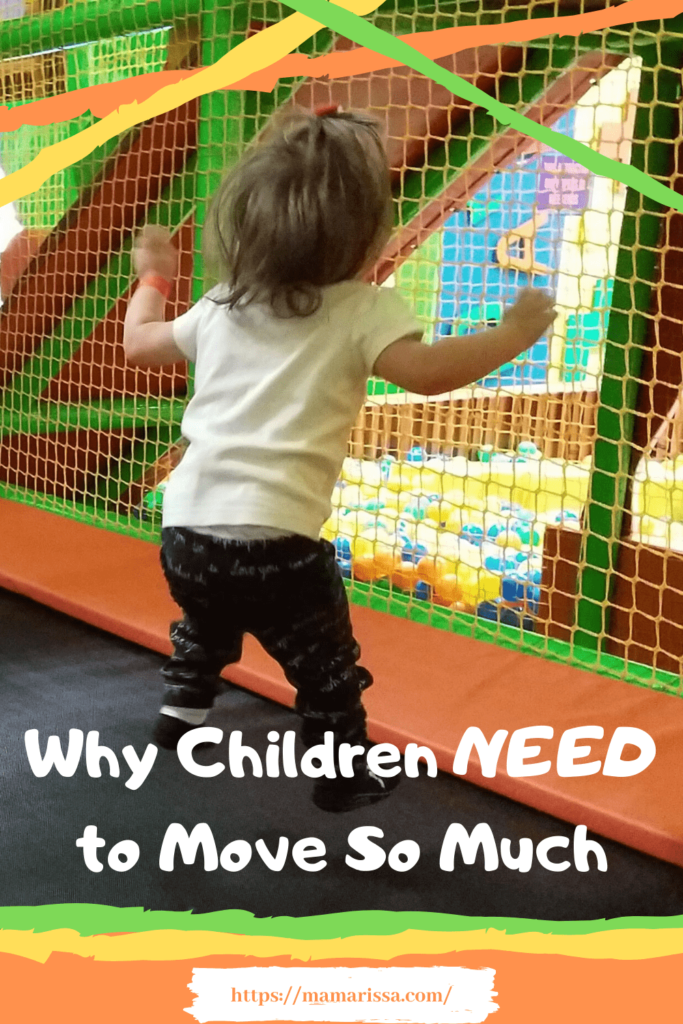
I decided there must be a good biological reason God gave children a desire – no, a need to move so often.
We probably all have a vague awareness of the fact that our children need to move and that active time is important for their development. But I wanted to know specifically how being active effects children in various areas of life.
Active youngsters are prone to injuries – read this post on how to know when a head injury is serious!
I was quite impressed by what I found, and I think you will be too, Mama.
Children Need to Move for Physical Health
Most of us are probably familiar with adults having certain prevalent health conditions, but we hardly expect to hear of children having them. But what happens when children stop moving so much?
Unfortunately, due to a lack of respect on our part for children’s need to move, their decreasing activity levels are leading to the same physical health concerns adults are dealing with.
High Blood Pressure
Research shows that children who are exceptionally fit have lower blood pressure than children who are unfit. In other words, being out of shape negatively affects blood pressure in children just like it does in adults.
According to Mayo Clinic, children with high blood pressure will continue to have it as adults if there is no intervention.
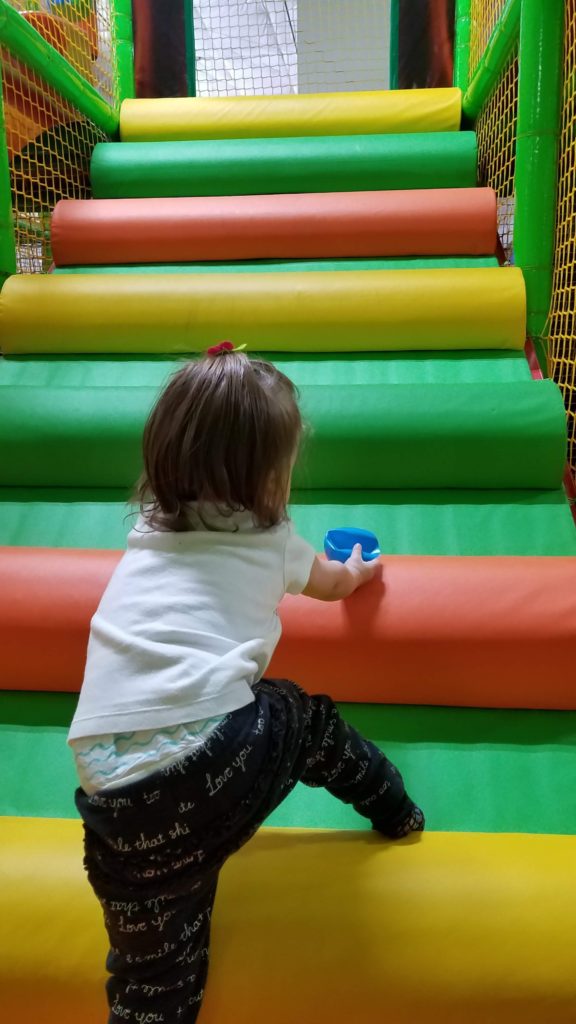
The problem with this is that high blood pressure puts people at risk for having a stroke, a heart attack, heart failure and kidney disease. Imagine our children already being at risk for those things!
The natural defense children have against these major health problems is to move those little bodies.
Obesity/Excessive Weight Gain
One of the obvious consequences of not moving enough is excessive weight gain. Being active is not the only ingredient in maintaining a healthy weight, but it is one of the main ones. And children generally have that ingredient in abundance.
However, when something interferes with that natural tendency to burn calories, children gain unecessary weight – just like you and me, Mama.
The scary thing is, children are still developing, and the effects of excess weight on their bodies may have substantially more serious consequences than they do on adults. For example, elevated BMI in childhood has been linked to early puberty – particularly in girls, but also in boys (Source).
Who knows what other developmental alterations might occur in children when they gain too much weight. I am sure we will soon find out as the body of research in this increasingly relevant area grows.
On a more positive note, I find it fascinating that the fact that children need to move may be partially responsible for lengthening the innocence of childhood.
Secondary Effects of Being Overweight
While obesity and excess weight have their own direct health consequences, there are also secondary health consequences related to how children deal with their feelings and experiences related to being overweight.
According to this study of over 7,800 11-17 year olds, overweight or obese girls were more likely than healthy-weight girls to be involved in heavier drinking, smoking and cannibus use. Overweight or obese boys were more likely than healthy-weight boys to be victims of bullying, carry weapens and participate in violence.
Children need to move. While being active is certainly not the only way to fight the increasing weight and morbidity of American children, God obviously created a built-in way for children to preventatively maintain health by giving them an excitment for movement and activity.

Unfortunately, we have a lot of obstacles to allowing children to move as much as they need and want to in our modern lives, which is compromising their health. But more on that later.
Children Need to Move for Brain Health
Research is showing that there is a relationship between children’s activity levels and the quality of their brain function. It is becoming apparent that, in the area of mental and cognitive health, there are very good reasons children need to move.
Behavioral Health
Exercise is known to improve mental health in adults. But it may also help to prevent and treat mental health conditions in children.
According to a Norwegian study, children who were very active at the ages of 6 and 8 were less likely to exhibit depressive symptoms at age 10.
Likewise, a study published in Pediatrics tested how children with mental health disabilities would function in school when cybercycling was incorporated into their PE class for 30-40 minutes twice per week for 7 weeks.
The study found that the children had a 32% to 51% lower risk of experiencing disruptive behavioral problems while participating in the 7 week cybercycling PE program as opposed to the weeks they participated in non-aerobic PE.
Again, in this study, over 800 teenagers were asked whether or not they participated in school sports. Those who did reported better mental health, less depressive symptoms and lower levels of stress as young adults.
I don’t know about you, Mama, but I am thrilled and not terribly surprised that our children’s need to move can help protect them from the devestating effects of mental health struggles.

Memory
Being physically active is also associated with better memory in children.
In this study, aerobically fit and unfit 9 and 10 year olds were measured against each other to see how their physical fitness level related to their brain health using MRI scans. It was found that children who were more fit had greater brain volume in the hippocampu region.
The hippocampus is particularly known for being involved in memory. And indeed, the study found that fitter children performed better than their unfit peers on relational memory tasks.
Perhaps this is why our active little munchkins have amazing memories which we envy.
Just this morning my almost-22-month-old daughter asked me where her “yo-yo surprise” (AKA prize) was – a toy she won at our church’s Fall Fest (and subsequently lost somewhere in her bottomless pit toy box) nearly 3 months ago.
I was amazed that her little brain can hold so much memory while my fully developed brain regularly fails to remind me to brush my daughter’s teeth – despite the fact that we do this task every. single. day.
Make sure you know how to properly care for your toddler’s teeth by reading this post!
Children do often seem to have better brain function in general than adults. As I have been learning in my research, all that endless energy they have may be cultivating this excellent brain function.
Academic Performance
When we fulfill children’s need to move, in addition to fostering great memory, it leads to improved scholastic performance.

Pediatrics published a meta-analysis of 26 previously conducted studies which showed that children (ages 4-13) who are physically active during the school day perform better in the classroom.
Another study published in Pediatrics randomly assigned over 200 7- to 9-year-old children to either an after-school physical activity program or a control group for 9 months. At its completion, the study found that children in the intervention group had improved executive functioning skills compared to the control group.
That physical exertion in children improves mental and scholastic capabilities was also proven in this study. It was designed to determine whether children with ADHD would perform better on academic tests after 20 minutes of exercise.
The study also had a control group of children who did not have ADHD. For both groups of children, testing performance improved more after exercising than it did after an equivalent time of sedentary reading.
Interesting, isn’t it? Apparently, sometimes kids don’t need to sit still and study more to get better grades. They need to get up and move that restless body so they can build strong brains.
The evidence is clear. Being physically active fights mental illness, improves memory and helps children focus better when doing cognitive activities. Children need to move!
What Should We Do About it?
So what are we do to with this information about why children need to move? Well, the obvious and simple answer is to let them move!
Even though children naturally want to be active, there are things we are often doing to deter them from expressing their healthy and normal energy, even if it’s unintentional.

Discouragement
Children who are discouraged from participating in sports or active games may end up with damaged self-esteem. This can lead to less active time because the child believes her or she is not strong enough or physically capable of doing physically challenging activities.
This study found a strong correlation between children’s willingness to engage in vigorous physical exertion – as well as their fitness levels – and their perceived athletic competence, physical self-worth and strength. Interestingly, boys were more likely than girls to have confidence in their physical capabilities.
It is important to encourage children in their desire to be active so that they will believe they are qualified and strong enough to do activities and tasks that arise in their lives. This could carve the path for a lifelong willingness to regularly exercise and stay active.
Sedentary Virtual Life
Children’s instinct to move can also easily be surpressed by our modern sedentary lifestyles and electronic devices. I believe screen time, whether for work, school or pleasure, is a major contributor to our own lack of activity and this filters down to our kids.
Read this post to learn the consequences of too much screen time for kids.
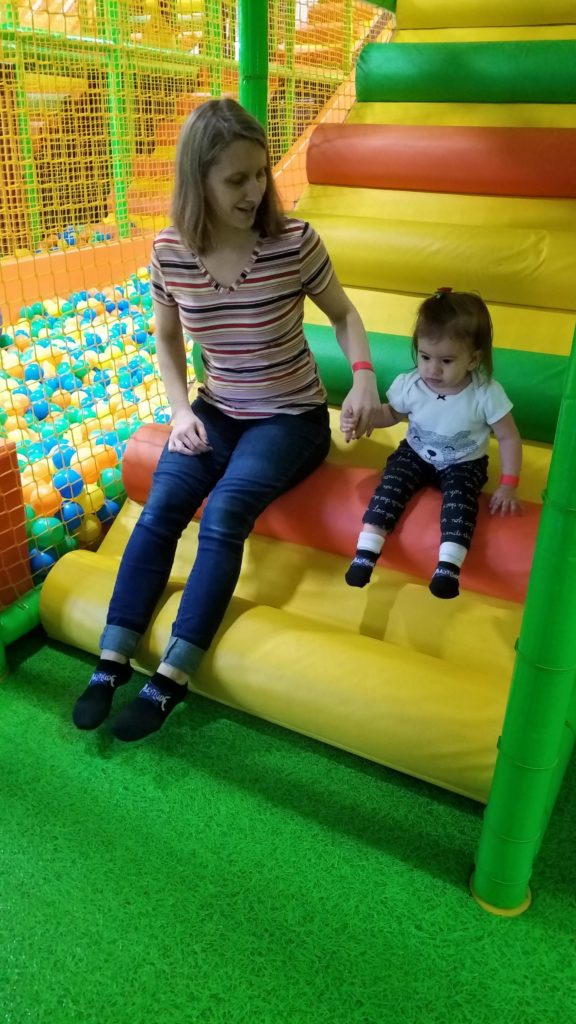
Even active sports video games which require physical activity do not yield the same cognitive improvements as an equivalent amount of regular exercise (Source).
Even though children naturally want to be active, there are things we are often doing to deter them from expressing their healthy and normal energy, even if it’s unintentional.
Too Much Study Time
The school system is also often hindering children’s need to move.
Schools in America have recently been reducing recess time in favor of trying to meet the increasing pressures presented by standardized testing requirements. “Teaching to the test” means teachers feel the need to spend more time on studying material, taking away valuable active time kids used to have during recess.
Fortunately, the emerging research we have just reviewed is bringing awareness to the importance of recess and active physical education. But still, there are currently only a handful of U.S. states which mandate recess in schools.
Despite the fact that almost half of the teachers surveyed by Voice of Play said they take away recess as punishment for bad behavior in class, most agreed that recess actually improves behavior and social interactions between children. This should be a clue that active time is essential for children.
Doing this research has already gotten me worriedly thinking about my own toddler’s future school experience. Other than finding a school that values recess and/or in-class active time, it appears that our children need to move more at home to try to make up for their lack of physical activity all day at school.
We Need to Move Too
Ultimately, the best things we can do for our kids are to encourage them to participate in various active and athletic pursuits inside and outside the home and find ways to be active together as a family.
After all, couldn’t we use a little lesson from our kids about getting excited to run and jump and play?
So let your child pull you off the couch and away from your screen for some active time. You might just feel healthier, happier and smarter afterwards!

Were you as intrigued as I was by the emerging evidence that reveals why children need to move? If so, be sure to share this post to enlighten other curious mamas!


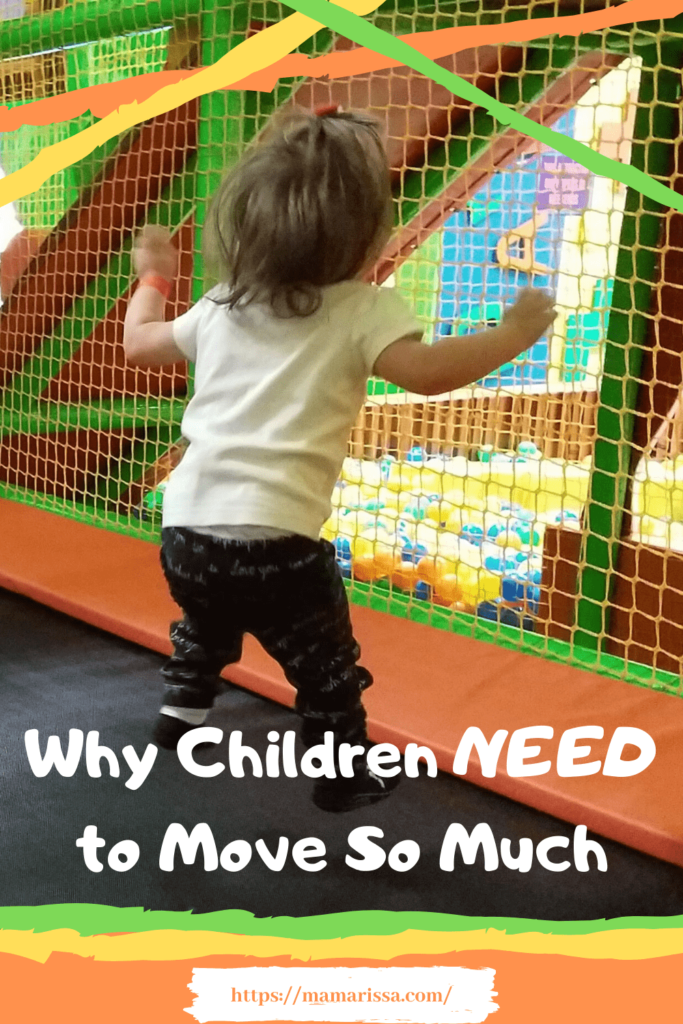





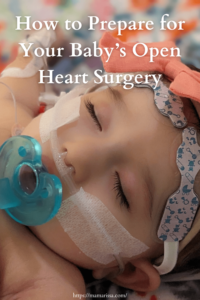




Leave a Reply